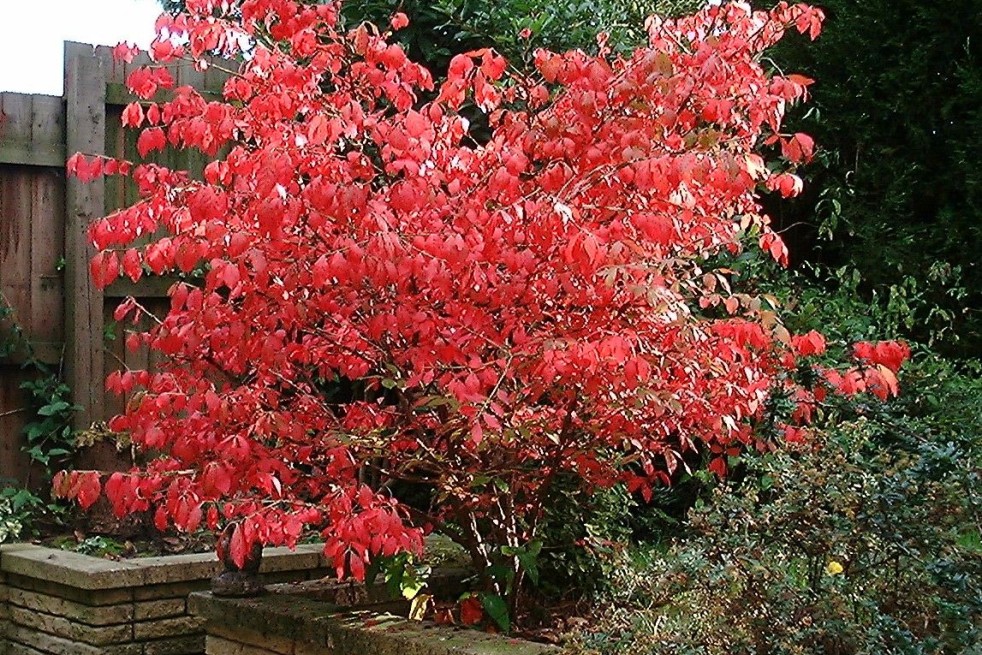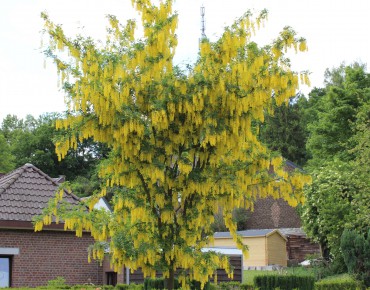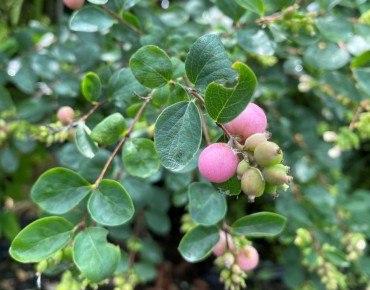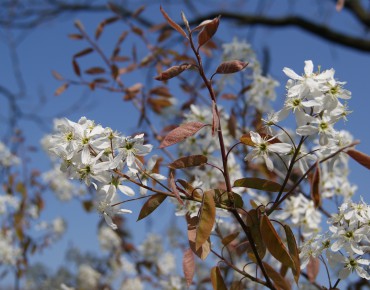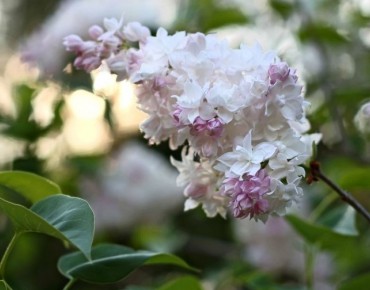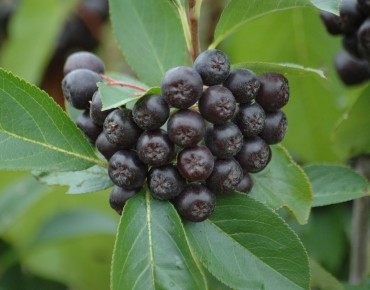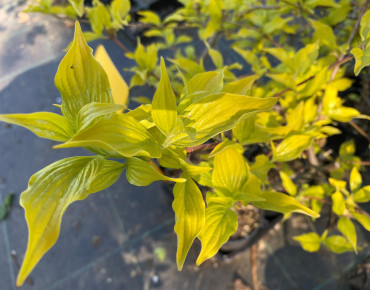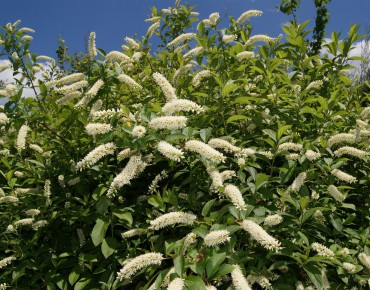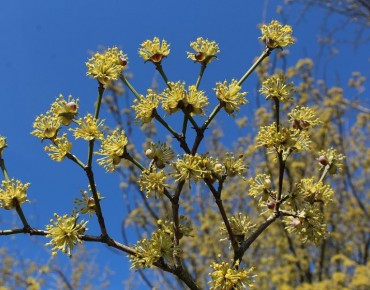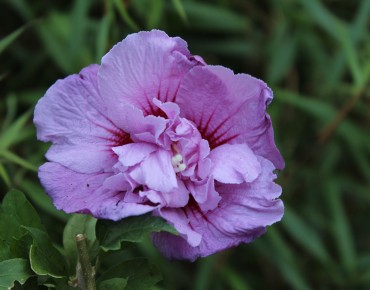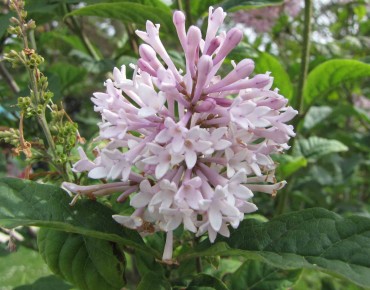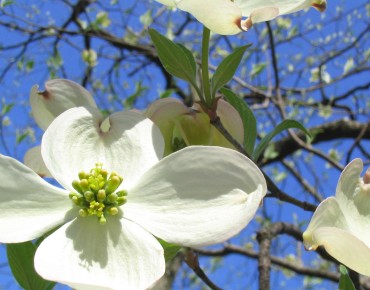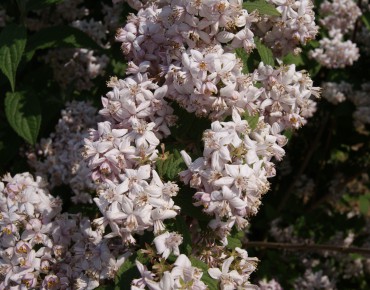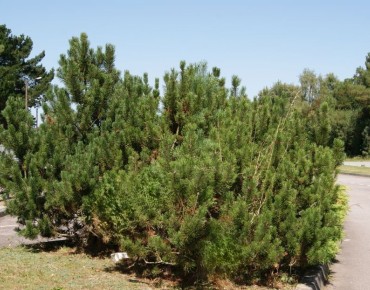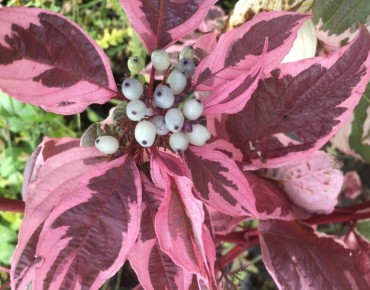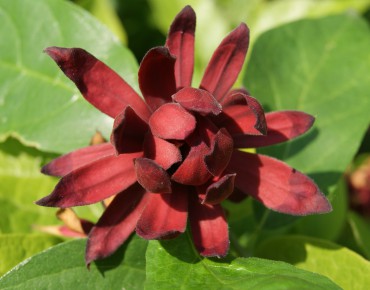- Out-of-Stock
Winged spindle-tree
Euonymus Alatus
Description
Winged spindle-tree – Euonymus alatus
Main interest
The Winged spindle-tree (Euonymus alatus) is a deciduous shrub native to East Asia, renowned for its brilliant autumn foliage and its distinctive corky wings along the stems. In autumn, the dark green leaves turn to fiery red or purple, creating a striking display in the garden. Even in winter, the shrub retains ornamental value thanks to its winged branches. It is highly hardy (down to –25 °C), tolerant of various soils, and requires little maintenance. Its small spring flowers are discreet but nectar-bearing, while the red capsules with orange seeds attract birds, thus enhancing biodiversity. The Winged spindle-tree can be planted as a specimen, in free hedges, or in mixed borders. Compact cultivars such as Euonymus alatus ‘Compactus’ are ideal for smaller gardens or container planting. This shrub combines aesthetic appeal, ecological value, and robustness, making it a perfect choice for both novice and experienced gardeners.
Origin and characteristics
-
Geographic origin: China, Japan, Korea
-
Botanical family: Celastraceae
-
Notable features: Corky wings on stems, traditional uses in Asia
-
Description: Deciduous shrub 2–3 m tall, spreading habit, grey-brown bark with corky ridges, green foliage turning scarlet in autumn
-
Growth: Moderate, 20–30 cm per year
-
Hardiness: Down to –25 °C
Flowering and fruiting
-
Flowering period: May–June
-
Flowers: Small, greenish, borne in cymes, discreet but nectar-rich
-
Fruits: Red capsules with bright orange seeds, toxic to humans but attractive to birds
-
Wildlife value: Nectar source for insects, food for birds
Exposure and soil
-
Ideal exposure: Full sun or partial shade (best autumn colour in full sun)
-
Soil type: Ordinary, well-drained, slightly acidic to neutral
Planting
-
Soil preparation: Loosen soil deeply and enrich with compost
-
Spacing: 1.5–2 m for hedges
-
Soil nature: Prefers fresh, well-drained soils, tolerates dry or stony soils once established
Watering
-
At planting: Regular watering during the first year
-
At maturity: Low water needs, tolerates moderate drought
Pruning
-
When and how to prune: Late winter, light pruning to balance shape; avoid heavy pruning that spoils its natural habit
Propagation
-
Methods: Semi-hardwood cuttings in summer, layering, or seed (slow and variable)
Garden uses
-
Ideal placement: As a specimen on a lawn, in free hedges, or in mixed shrub borders
-
Recommended associations: Japanese maples, dogwoods, hydrangeas, magnolias
-
Traditional uses: In Asia, sometimes used in traditional medicine, though fruits are toxic
Protection against diseases
-
Possible sensitivities: Powdery mildew, scale insects
-
Prevention: Ensure good air circulation, avoid excess humidity, use natural treatments such as soap solution or nettle manure
Tips for good development
Plant in full sun for the best autumn colour, ensure well-drained soil, avoid drastic pruning, and combine with summer-flowering shrubs for extended seasonal interest.
The Winged spindle-tree (Euonymus alatus) is a versatile shrub that enriches any garden with its striking autumn colour and decorative stems. Thanks to its hardiness and low maintenance, it adapts to many climates and soil types. Its corky wings provide unique winter interest, while its fruits attract birds, supporting biodiversity. Whether planted as a specimen, in a free hedge, or combined with other ornamental shrubs, it remains a focal point. This shrub is a sustainable choice for those seeking to combine aesthetics, ecology, and ease of care.
Features
- Common name : Burning-bush, Winged spindle-tree
- Family : Célastraceae
- Category : shrub
- Spread : 2M
- Foliage : deciduous
- Use : hedge - shrubbery - isolated
- Soil : all
- Habit : Spreading
- Earth to use : universal potting soil/garden soil/compost
- Enemies : nothing to report
- Possible diseases : Nothing to report
Expédition & livraison
How does the delivery work?
 As soon as you place your order your plants are selected
As soon as you place your order your plants are selected Each order is processed individually.
Each order is processed individually. Plants are packed, staked and labeled.
Plants are packed, staked and labeled. Packaging is carefully implemented to avoid any problems.
Packaging is carefully implemented to avoid any problems. Packages are ready to be shipped.
Packages are ready to be shipped.
Our delivery methods
Shipping of our plants throughout Europe (except overseas and islands).
Customer reviews

